Bivalves
Bivalves are a class of mollusc which have shells consisting of two hinged sides known as valves. Bivalve shell shape and size can be highly varied; however New Zealander’s are likely to recognise many of these shellfish due to their importance both culturally and as a food source. Bivalves perform an important role in the food chain in marine systems, with many fish and birds consuming them as part of their natural diet. Most bivalves live in soft sediments below the surface. They are able to move and burrow through sediments using their strong muscular foot. Bivalves generally suspension feed from the water column however some species deposit feed from the sediment surface using their siphons to draw in water and food. The two valves are opened and shut by strong (adductor) muscles.
Bivalves are among the oldest groups of hard-shelled organisms, dating back more than 500 million years (to the lower Cambrian period). There are around 9,000-10,000 species of bivalves worldwide with approximately 740-780 species represented in New Zealand. In estuaries, bivalves are often present in very high densities, reaching several thousand per square metre. Here they perform important functions such as water filtration and nutrient cycling. Many species are sensitive to changes in sediment mud content and water clarity and are therefore useful indicators of ecosystem health. The most common bivalve species we monitor are shown below.



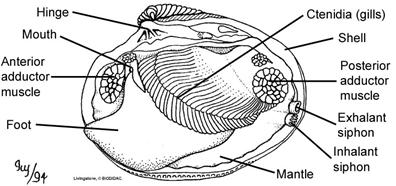
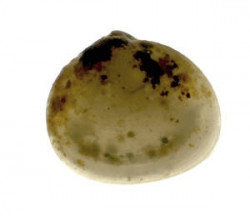
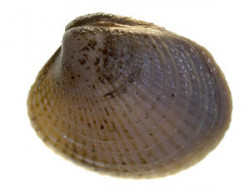
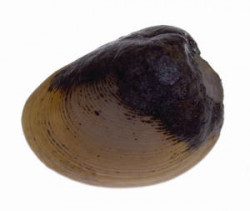
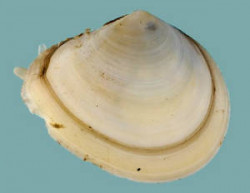
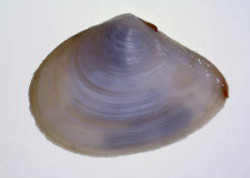
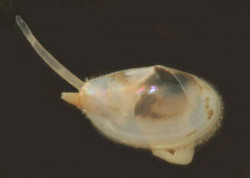
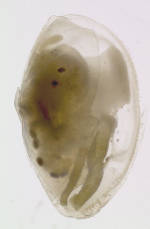

To ask for help or report a problem, contact us
Tell us how we can improve the information on this page. (optional)